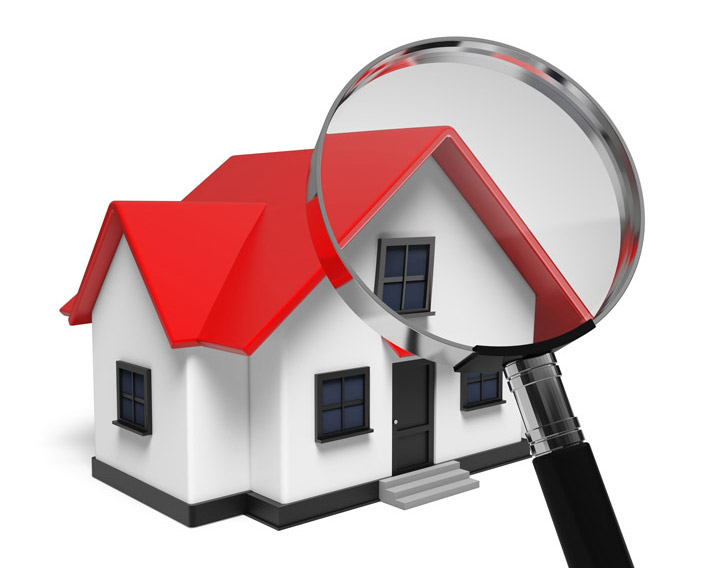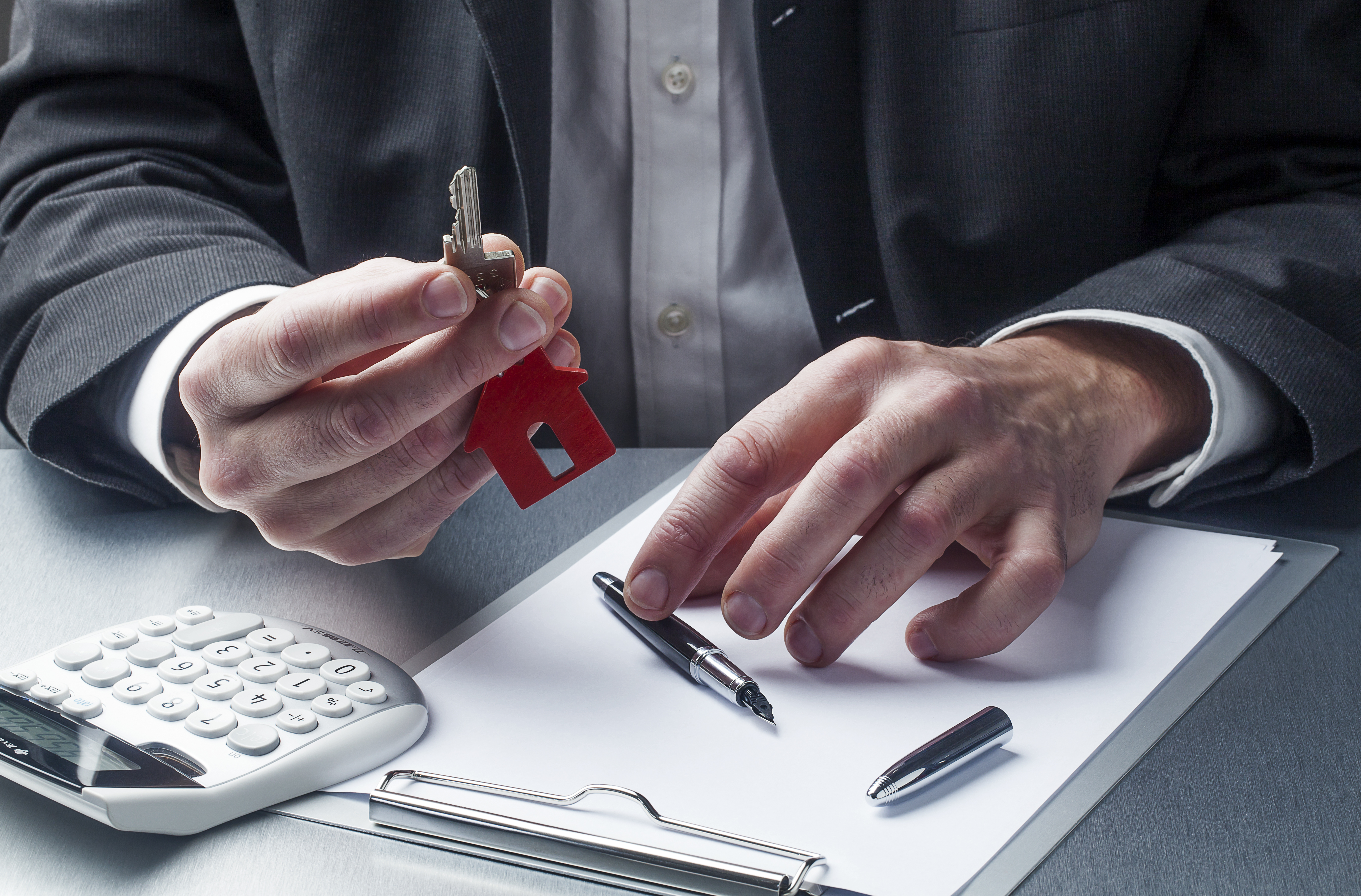
What Are the Components of an Appraisal?Their home's purchase can be the most serious transaction many of us may ever encounter. Whether it's where you raise your family, a second vacation home or an investment, purchasing real property is an involved financial transaction that requires multiple parties to see it through. It's likely you are familiar with the parties taking part in the transaction. The most known face in the transaction is the real estate agent. Next, the lender provides the financial capital needed to finance the exchange. And ensuring all requirements of the sale are completed and that a clear title transfers from the seller to the purchaser is the title company. So, what party makes sure the real estate is worth the purchase price? In comes the appraiser. We provide an unbiased opinion of what a buyer might expect to pay — or a seller receive — for a property, where both buyer and seller are informed parties. A licensed, certified, professional appraiser from Hornback Appraisal Services will ensure, you as an interested party, are informed. Inspecting the subject propertyTo determine an accurate status of the property, it's our responsibility to first conduct a thorough inspection. We must actually view features, such as the number of bedrooms and bathrooms, the location, amenities, etc., to ensure they indeed are there and are in the condition a typical person would expect them to be. The inspection often includes a sketch of the property, ensuring the square footage is correct and illustrating the layout of the property. Most importantly, the appraiser looks for any obvious amenities - or defects - that would affect the value of the house. Once the site has been inspected, an appraiser uses two or three approaches to determining the value of the property: paired sales analysis and, in the case of a rental property, an income approach. 
Replacement CostThis is where the appraiser uses information on local building costs, labor rates and other elements to calculate how much it would cost to replace the property being appraised. This figure often sets the upper limit on what a property would sell for. It's also the least used predictor of value. 
Paired Sales AnalysisAppraisers can tell you a lot about the neighborhoods in which they work. They innately understand the value of certain features to the homeowners of that area. Then, the appraiser looks up recent transactions in close proximity to the subject and finds properties which are 'comparable' to the home at hand. By assigning a dollar value to certain items such as remodeled rooms, types of flooring, energy efficient items, patios and porches, or extra storage space, we add or subtract from each comparable's sales price so that they are more accurately in line with the features of subject.
Once all necessary adjustments have been made, the appraiser reconciles the adjusted sales prices of all the comps and then derives an opinion of what the subject could sell for. At Hornback Appraisal Services, we are experts when it comes to knowing the value of real estate features in Shelbyville and Shelby County neighborhoods. This approach to value is usually given the most consideration when an appraisal is for a home exchange. Valuation Using the Income ApproachIn the case of income producing properties - rental houses for example - we may use an additional method of valuing a house. In this case, the amount of revenue the property produces is factored in with other rents in the area for comparable properties to determine the current value. The Bottom LineCombining information from all applicable approaches, the appraiser is then ready to document an estimated market value for the property in question. The estimate of value at the bottom of the appraisal report is not always the final sales price even though it is likely the best indication of what a property is worth. It's not uncommon for prices to be driven up or down by extenuating circumstances like the motivation or urgency of a seller or 'bidding wars'. But the appraised value is typically used as a guideline for lenders who don't want to loan a buyer more money than they could recover in the event they had to sell the property again. Here's what it all boils down to, an appraiser from Hornback Appraisal Services will guarantee you get the most accurate property value, so you can make profitable real estate decisions. |